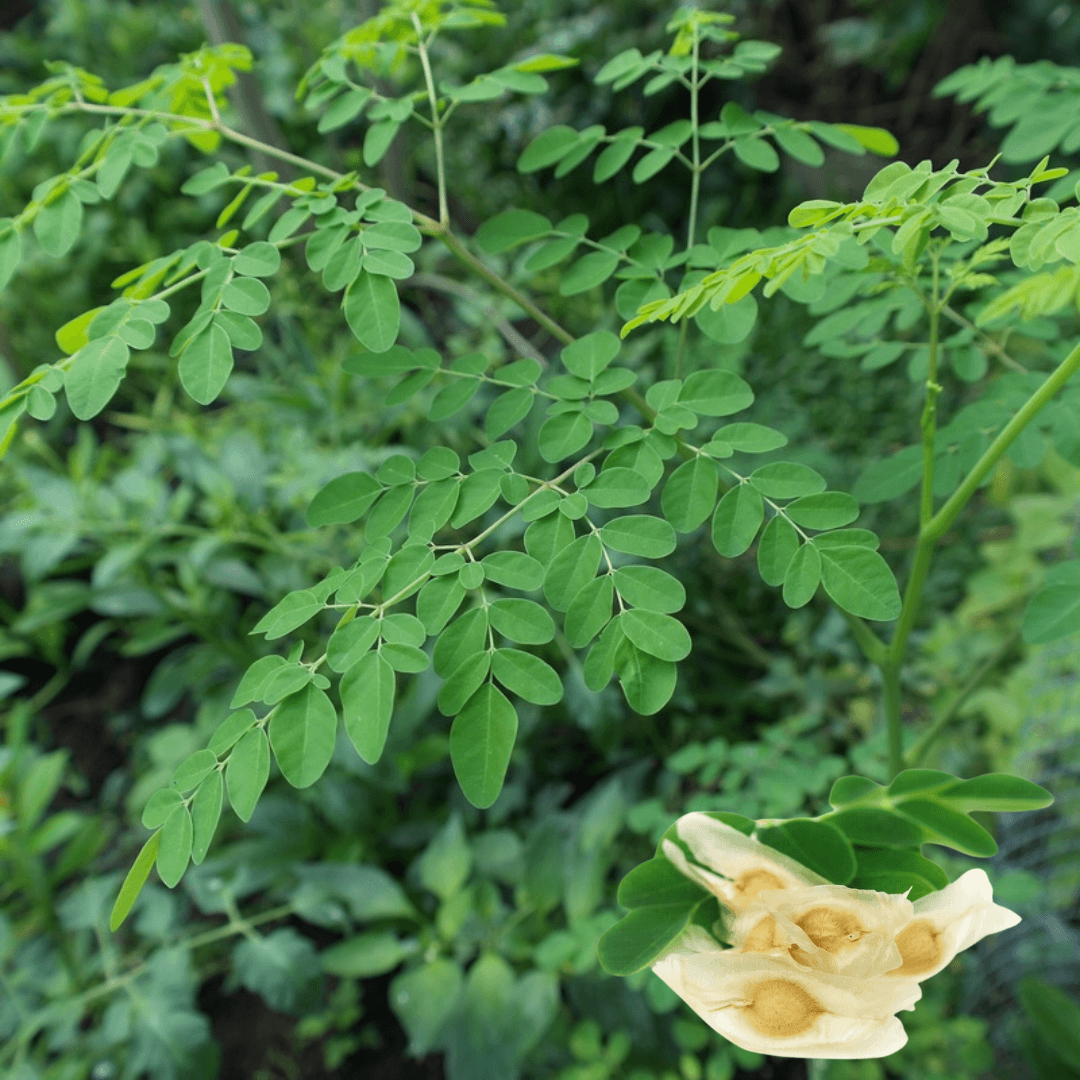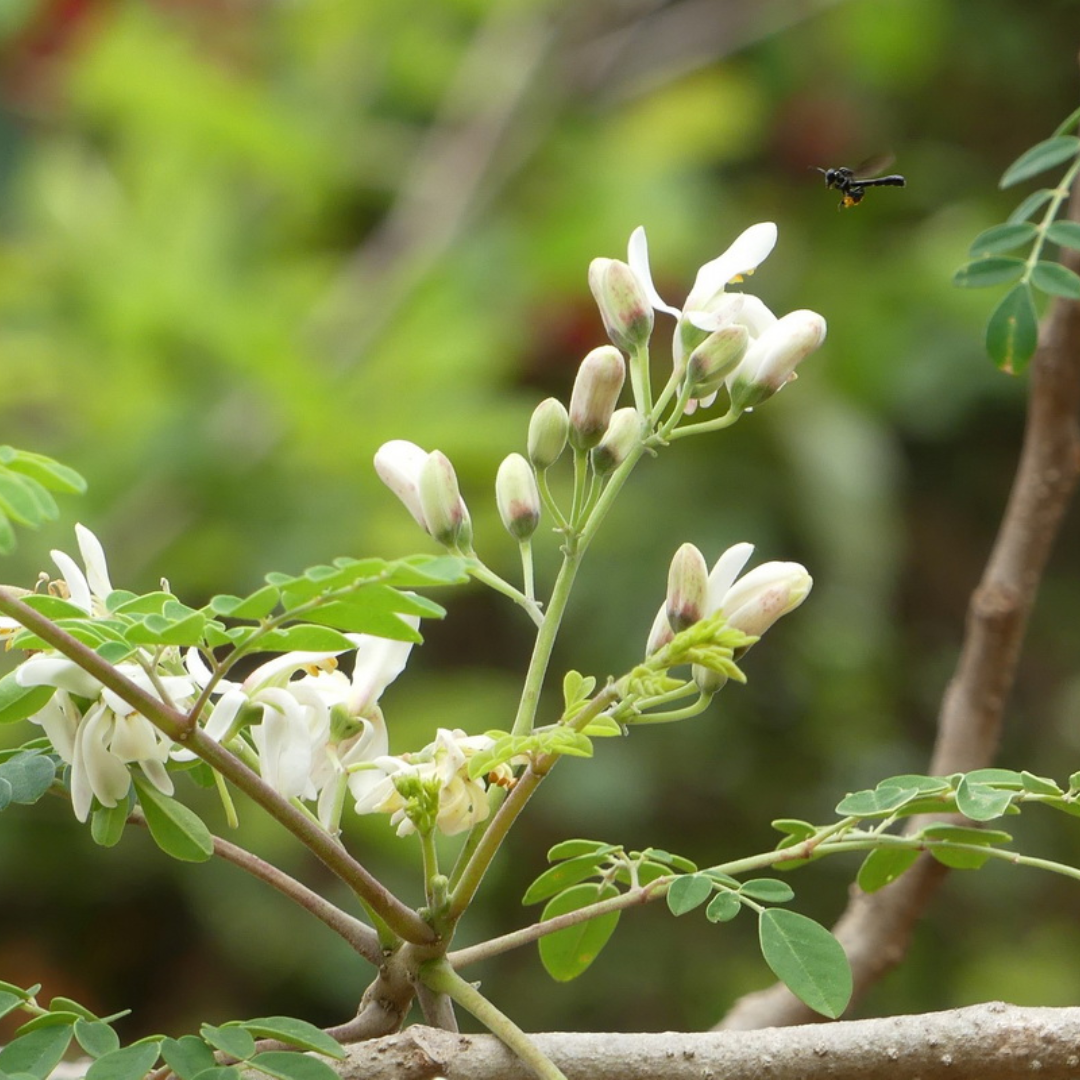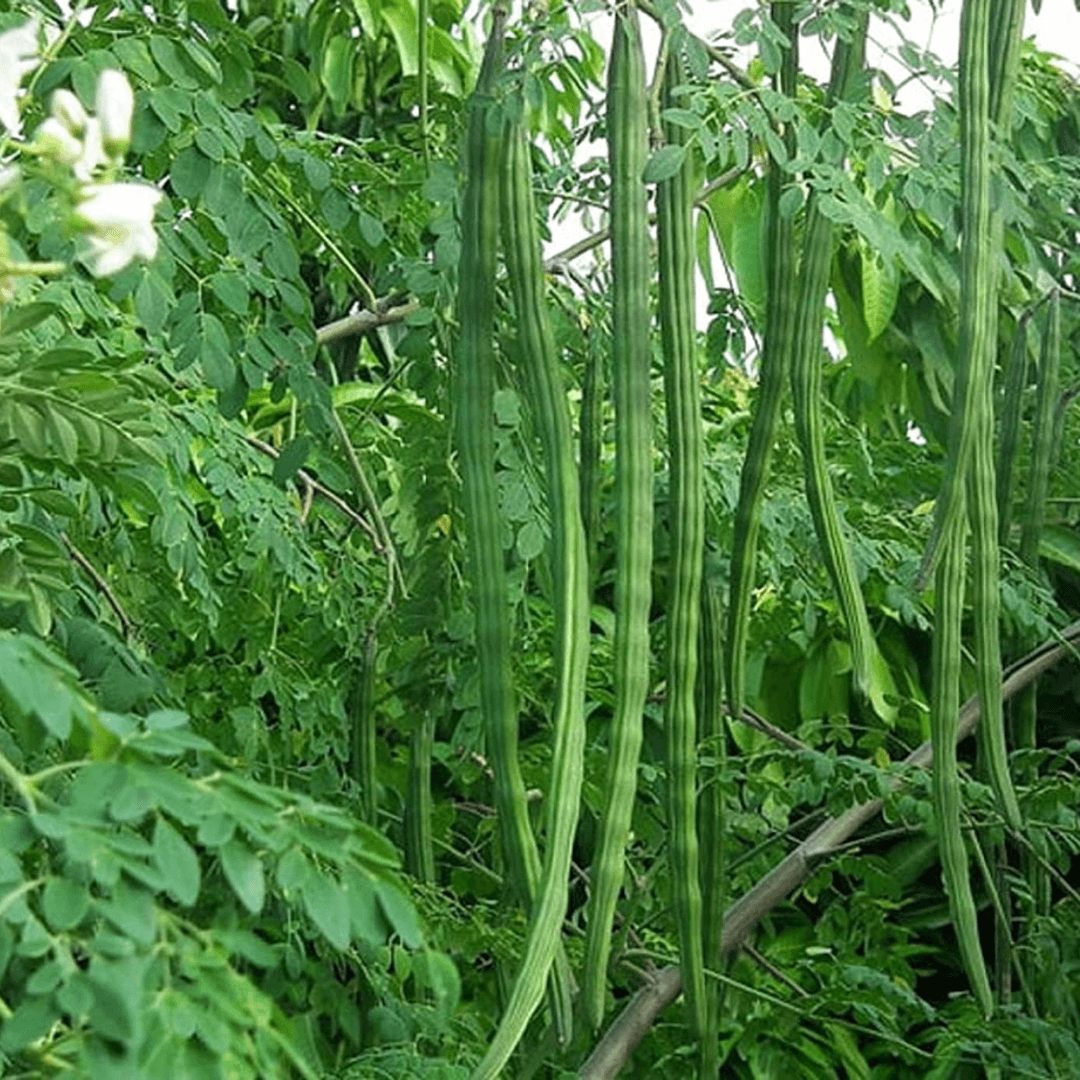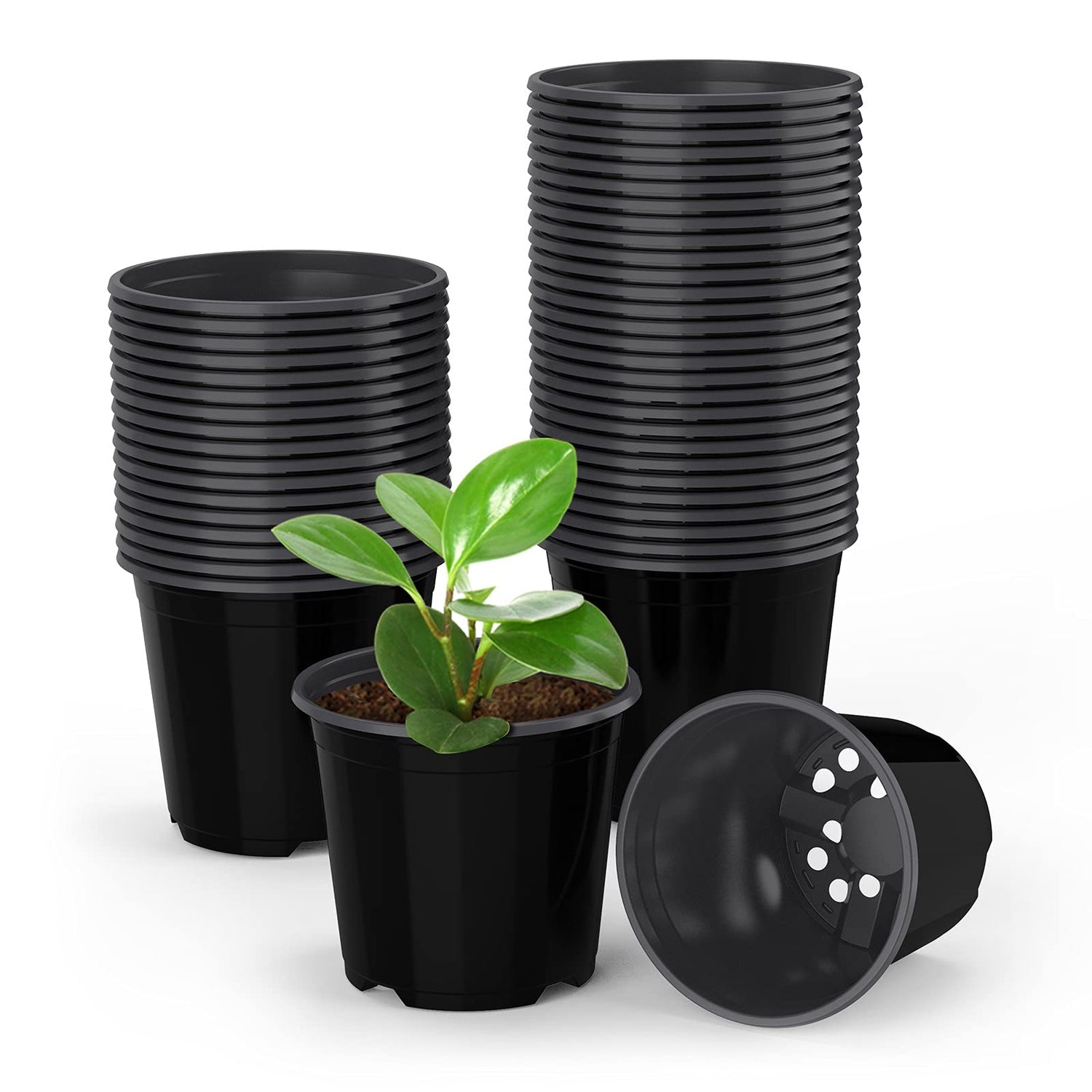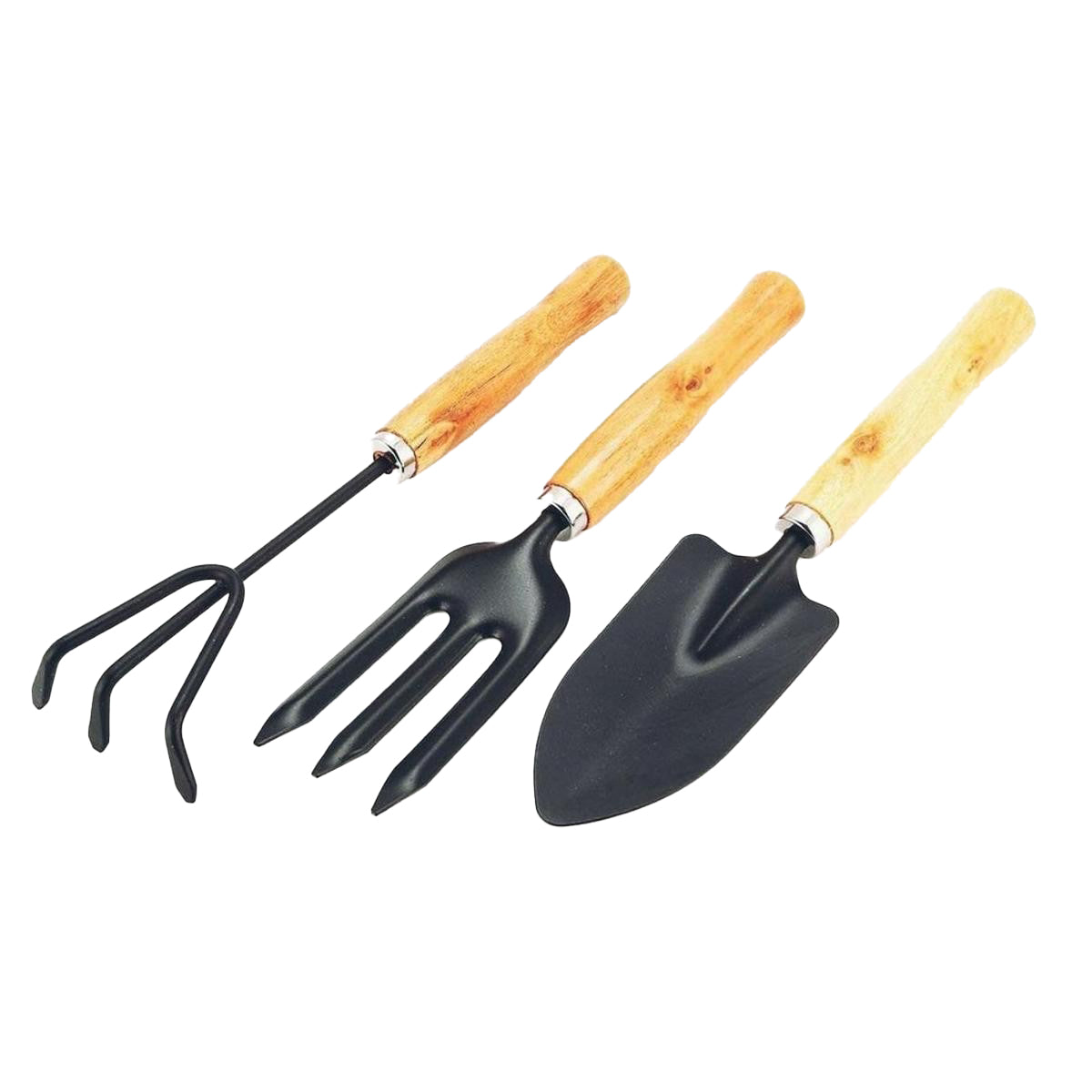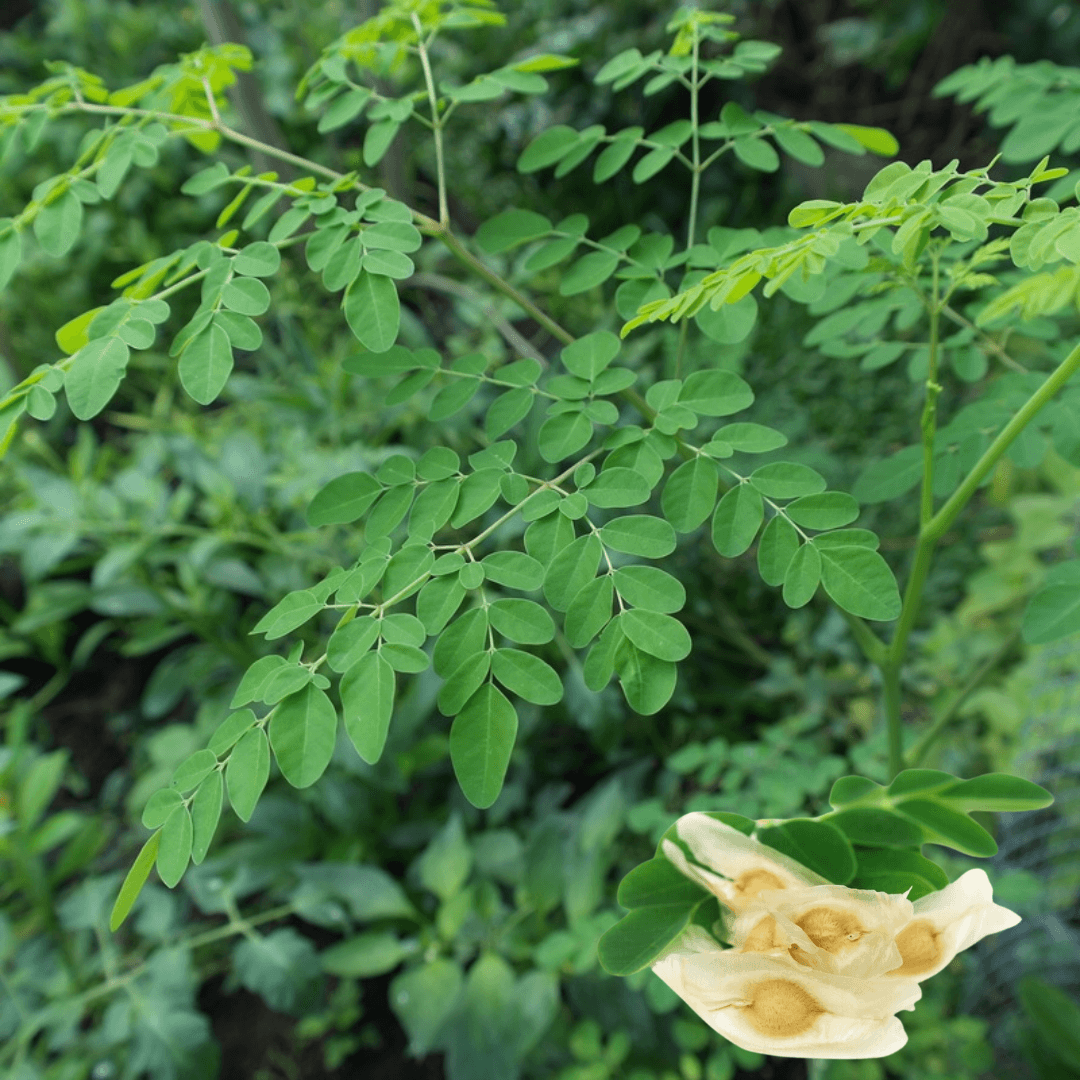
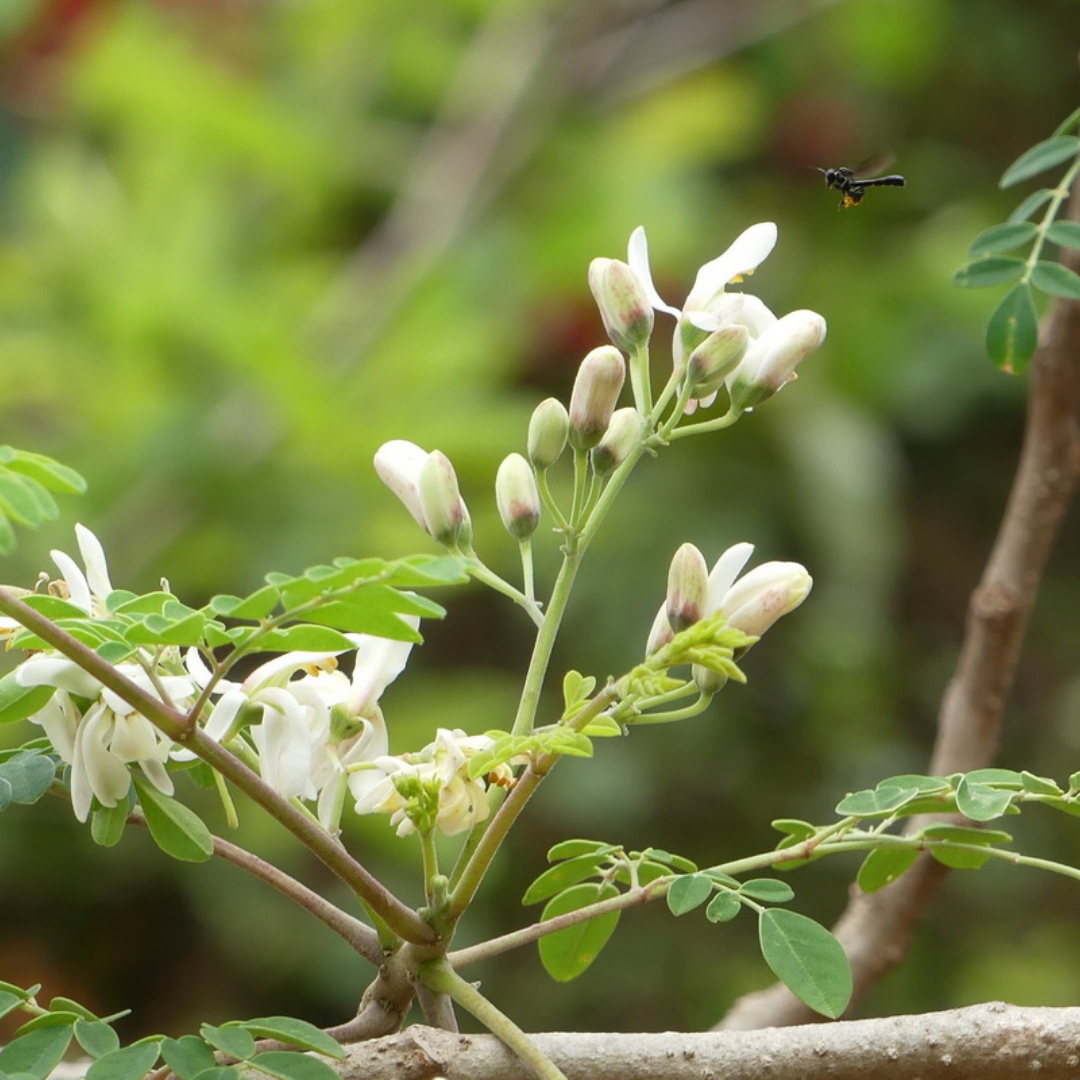
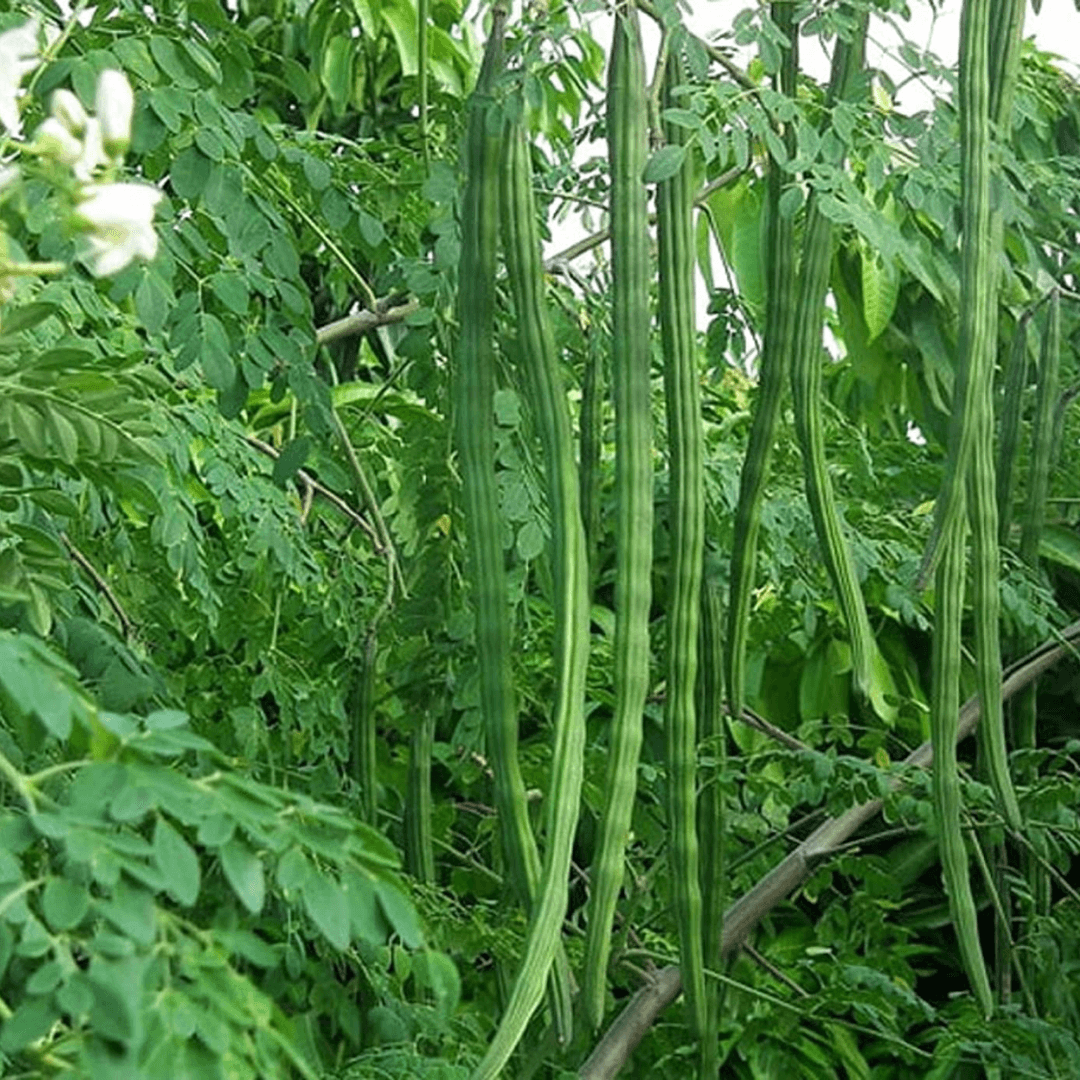
Want to grow your own sohanjna (drumstick) tree at home? These high-germination moringa seeds are packed with nutrients and sprout quickly, making them ideal for rooftop pots or garden beds. Moringa thrives in sun, handles heat, and gives you edible leaves, pods, and shade from one low-maintenance plant.
Why Gardeners Prefer It
- High germination rate — great for beginners or small spaces
- Grows well in 12–16 inch pots or garden soil
- Produces edible leaves in 40–50 days
- Thrives in full sun and resists drought
- Long-living, harvestable tree with minimal care
How to Grow Moringa
When to Sow
- Best sown in March–August during warm and humid weather
Where to Grow
- Use large pots (minimum 12–16 inches deep) or direct-sow in garden beds with full sun
Sowing Method
- Soak seeds in water for 6–8 hours before planting
- Sow 1 inch deep in moist, well-drained soil
- Germinates faster in warmth — avoid cold or shaded areas
Fertilizer & Care
- Before Sowing: Mix in vermicompost for strong root start
- Every 3–4 Weeks: Apply Seaweed Fertilizer to boost leaf production
- Pest Control: Spray Neem Oil to manage aphids or leaf spot
- Avoid waterlogging — use well-drained containers or sandy soil
Local Tips
- Pinch early growth to encourage side shoots
- Harvest leaves often to keep plants productive
- Use deep containers on rooftops to manage heat
- Prune regularly to keep it compact if grown in pots
FAQs
Can I grow moringa in cold weather?
Moringa prefers warm climates. In winter, protect young plants from frost or move pots to a sunny indoor spot.
How tall will the moringa plant grow in a pot?
With pruning, it can be kept under 4–5 feet. In open soil, it may grow over 10 feet.
Can I dry and use the leaves later?
Yes — wash and air-dry the leaves in shade. Use in powder form or add to curries, teas, or roti.
When do the pods start forming?
Pods usually appear in the second year, once the plant is mature and well-rooted.
Common Names: Moringa, Drumstick Tree, Sohanjna, سہانجنا ,مورنگا, Sohanjna

